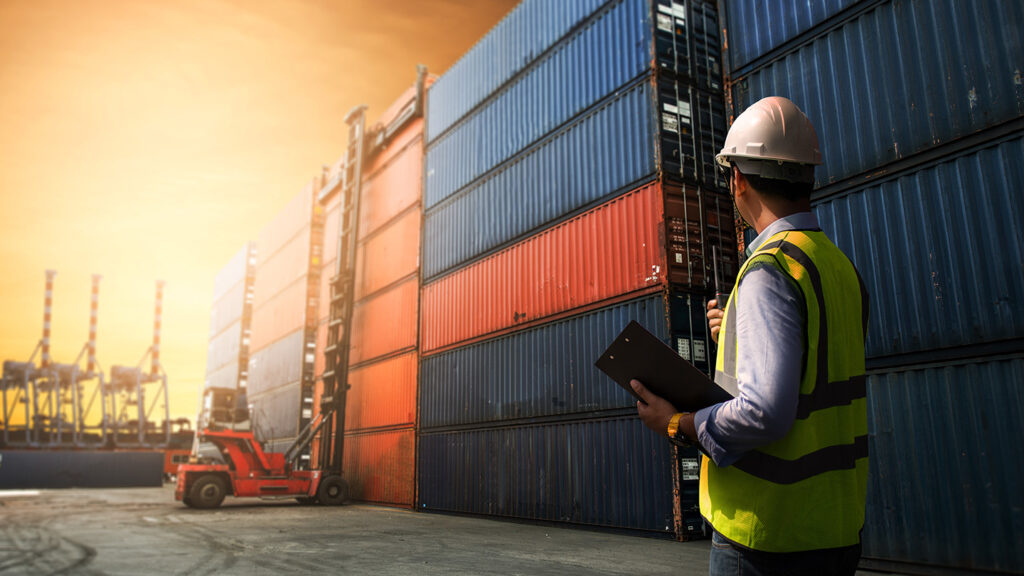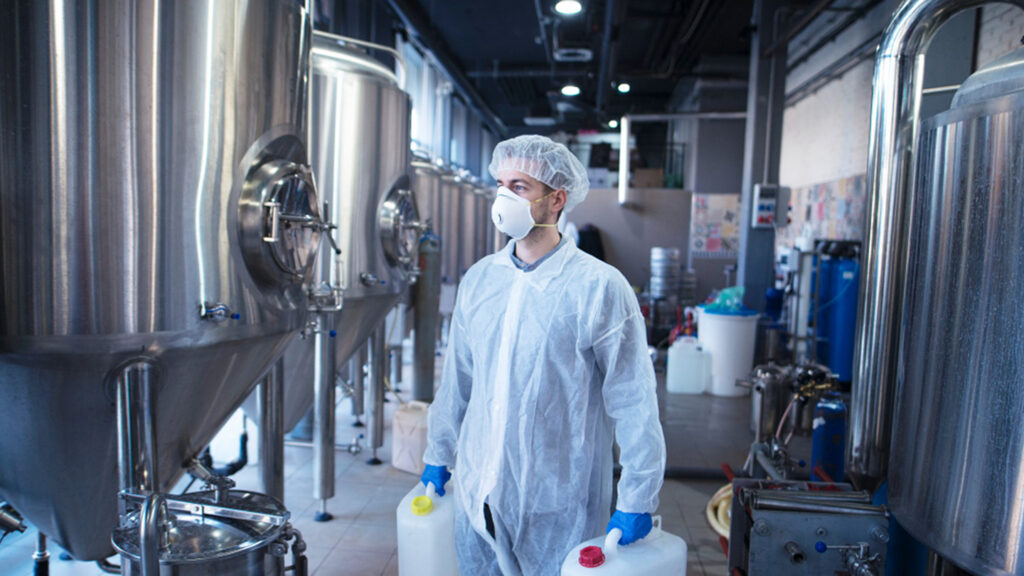Managing hazardous materials calls for a certain set of knowledge and abilities, which can only be attained via formal education and experience in the field. However, what type of training is necessary in order to handle these things in a secure manner?
In this blog, we are going to talk about the many kinds of training that are available for handling dangerous items, as well as what it takes to become an expert in this particular profession.
If you are interested in pursuing a profession that includes the management of hazardous materials, then continue reading to learn more about the types of training that are required for this position.
What are Dangerous Goods Handling?
Handling hazardous materials is fraught with peril and calls for extensive preparation and education in order to reduce the likelihood of adverse events occurring. The following are some of the dangers:
• Breathing in dangerous gases or vapors
• Coming into contact with skin or eyes
• Spills or leaks
• Fires or explosions
• The risk of being exposed to radiation
Training of a comprehensive nature is essential in order to fulfill the obligation to protect persons who work with hazardous materials. It is expected that this course will cover:
• Properties of hazardous products
• The naming of potentially hazardous materials
How Does Training Differ From Country to Country?
Due to the fact that the level of knowledge necessary to handle dangerous items differs from nation to nation, there has yet to be a response to this issue that is applicable to everyone. However, as a general rule, nations that have more rigorous laws (like the United States and Canada, for example) will require more extensive training than those that have regulations that are less stringent (e.g. many countries in Europe).
In compliance with the Hazardous Materials Regulations, the United States government mandates that any person who works with potentially dangerous substances must undergo training (HMR). According to the HMR, training is required to be delivered on a “continuous basis,” and it must include themes including the following:
-The specific nature of the risk presented by the hazardous substance that is currently being worked with
-The procedures to follow in the event of an accident involving a hazardous material and how to react to it
-The protocols that must be followed while packaging, transporting, and storing hazardous items
-A plan of action for dealing with emergencies involving dangerous substances
The Transportation of Dangerous Goods Regulations details the standards for education and training that must be met in order to handle hazardous materials in Canada (TDGR). The standards for the TDGR are somewhat comparable to those in the United States, but they also include stipulations that are unique to areas inhabited by First World people.
There is no one body of legislation in Europe that governs the education and certification requirements for those who work with hazardous materials. On the other hand, the vast majority of European nations have ratified the European Agreement concerning the International Carriage of Dangerous Goods by Road (ADR), which includes rules on education and training.
Under ADR, training must be provided on a “regular basis”, and must cover topics such as:
Basic Qualifications for a Dangerous Goods Handling Practitioner

Anyone who wishes to work in the field of dangerous product handling must first get the necessary credentials, which may be broken down into many categories. Among these include having a diploma from high school or its equivalent, being at least 18 years old, being in good physical shape, and possessing a driver’s license that is still active. In addition to this, it is essential to have strong communication skills and the ability to maintain productivity under intense time constraints.
Ethical Issues Regarding the Classification of Substances
When it comes to the categorization of substances, there are a lot of moral questions to be asked. The question of whether or not a material should be labeled as hazardous takes precedence over all others. When a material is deemed to be hazardous, it increases the likelihood that it will be regulated by various government bodies. Because of this, the capacity to sell the substance may be compromised, and criminal charges may even be brought. Concerning the categorization of chemicals, there is a great deal of additional moral concerns, including the following:
- Which factors should be utilized to determine if a material is hazardous to human health?
- Who should be in charge of determining whether a drug should be labeled as hazardous?
- What are the repercussions of determining that a drug poses a risk to human health?
These are all important questions that need to be considered when making decisions about classification.
Which Authority Regulates Chemical Manufacturing Plants in India?

The Central Pollution Control Board is the national apex body for pollution control in India. It was established in 1974 under the Water (Prevention and Control of Pollution) Act, 1974. The CPCB is entrusted with the task of maintaining the cleanliness of rivers and lakes in India and checking water and air pollution and noise pollution. The board formulates plans for comprehensive control of environmental pollution.
The Ministry of Environment, Forest, and Climate Change is the nodal ministry responsible for planning, promotion, coordination, and overseeing the implementation of India’s environmental and forestry policies and programs.
The Department of Chemicals & Petrochemicals is responsible for formulating policies relating to production, pricing, distribution, import & export, and promotion of the chemicals & petrochemicals sector in India.
The Directorate General of Foreign Trade is the nodal agency under the Ministry of Commerce that formulates policies regarding exports from India.
Conclusion
Handling dangerous goods is a risky job, and it requires a high level of knowledge and skill. It’s important for any worker handling this type of material to make sure they have the proper training. Dangerous goods handling takes commitment, continual education, and diligent compliance with all safety regulations. With adequate preparation and a thorough understanding of all relevant federal guidelines, workers will be able to handle hazardous materials safely and effectively.



